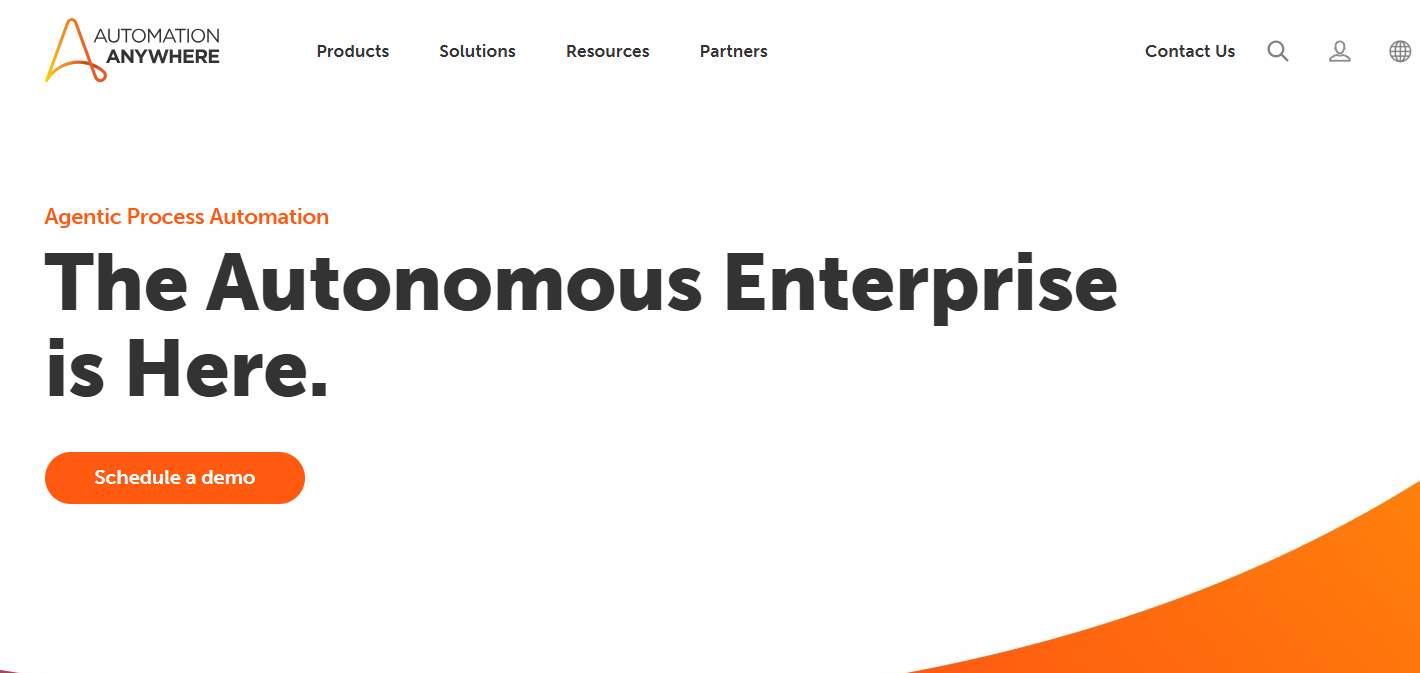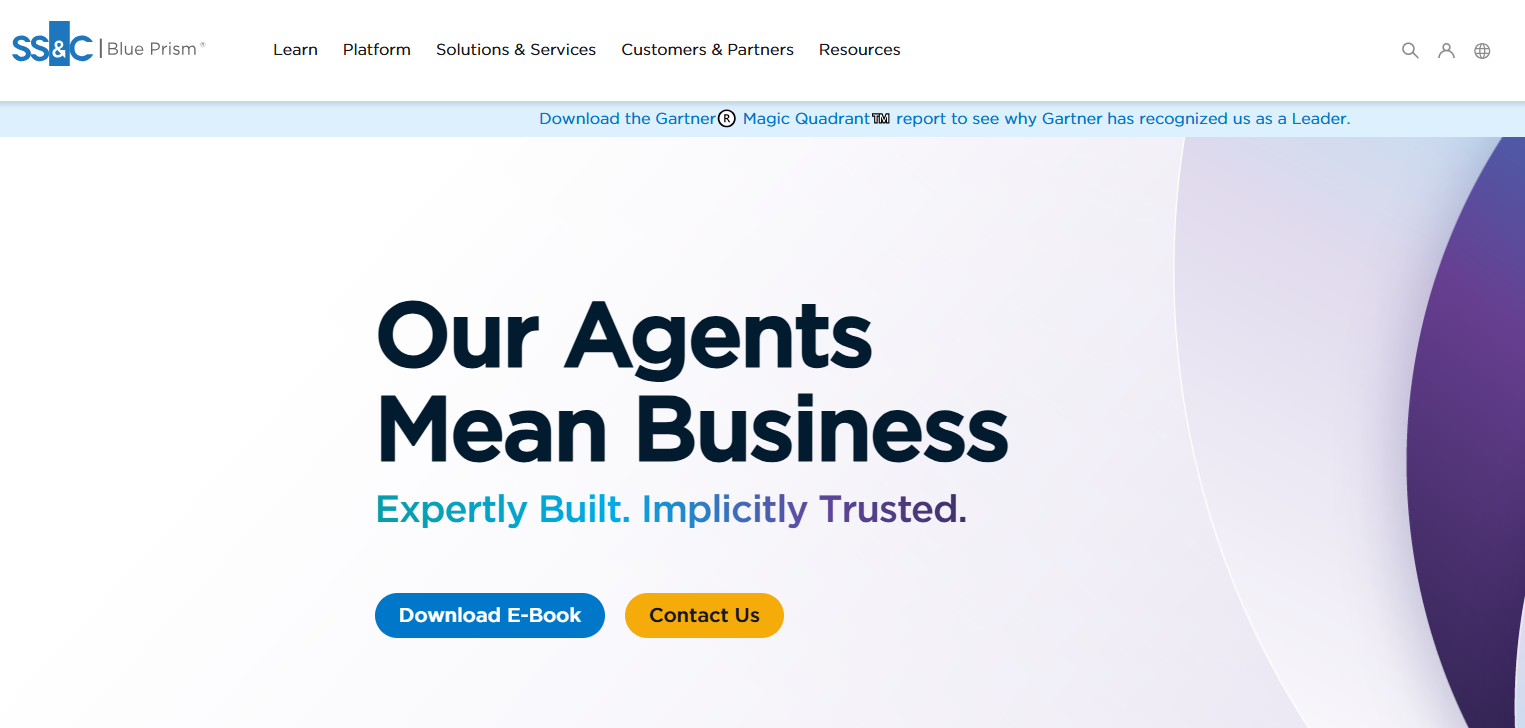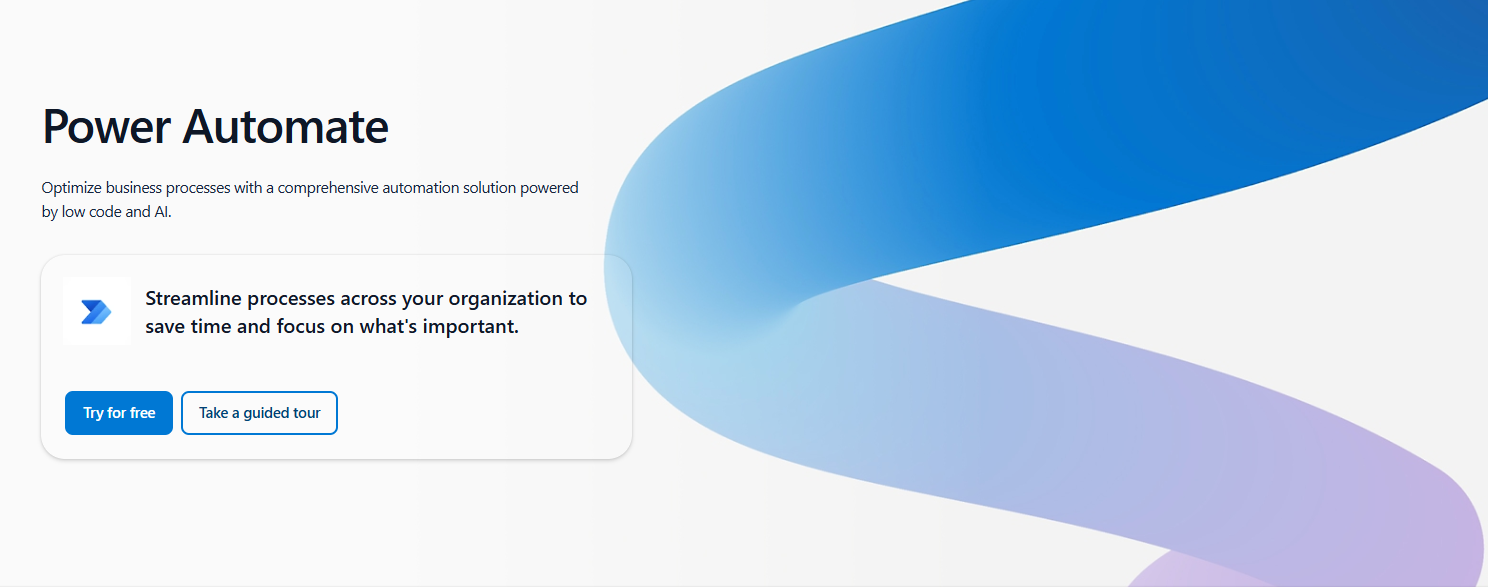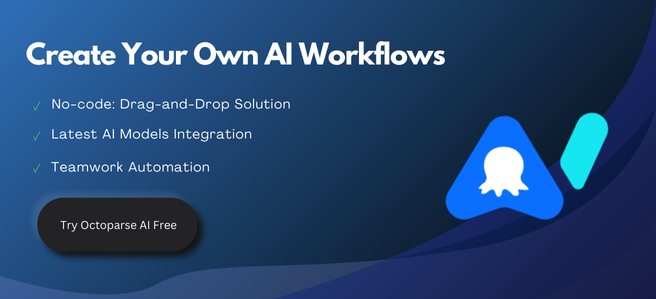In today’s fast-paced business environment, enterprises constantly seek ways to streamline operations, cut costs, and boost productivity. Robotic Process Automation (RPA) has emerged as a game-changing technology that helps businesses achieve these goals by automating repetitive tasks and complex workflows. For enterprise executives looking to implement automation solutions, selecting the right RPA platform can dramatically impact successful digital transformation efforts.
RPA adoption among Fortune 500 companies has surged over 60% in the past three years, with enterprises reporting average cost savings of 25-40% after implementation. However, not all RPA platforms deliver equal value for enterprise-level needs. The complexity of large-scale operations demands robust, scalable, and secure automation solutions that integrate seamlessly with existing infrastructure.
This guide examines the leading RPA platforms designed specifically for enterprise-level automation, helping decision-makers navigate this critical technology investment.
Need recommendation for small business automation? Check here>>
Top 5 RPA Platforms for Enterprise-Level Automation
1. Octoparse AI

Pros:
- Specialized web automation and data extraction capabilities
- Built-in AI significantly reduces configuration complexity
- Cloud-based architecture enables massive parallel processing
- No coding is required for most automation scenarios
- Excellent handling of dynamic websites and changing interfaces
Cons:
- More focused on data acquisition than general process automation
- Less suitable for desktop application automation
- UI occasionally lacks the polish of larger competitors
Ideal Enterprise User: Octoparse AI excels in enterprises requiring extensive web data collection, competitive intelligence, and market research capabilities. E-commerce businesses, market research firms, and organizations needing to monitor online content benefit most from its specialized web automation strengths.
Pricing Structure: Octoparse AI offers a Team plan for $49/month (billed annually). Enterprise pricing includes custom solutions with dedicated support.
2. UiPath Enterprise Platform

Pros:
- Industry-leading computer vision and AI capabilities for handling complex interfaces
- Extensive ecosystem with thousands of pre-built components in their marketplace
- Strong governance features for enterprise-wide deployment
- Robust analytics dashboard tracking ROI and automation performance
- Superior document processing capabilities with advanced OCR
Cons:
- Higher price point compared to some competitors
- Steeper learning curve for non-technical users
- Can require significant IT resources for maximum value
Ideal Enterprise User: UiPath excels in large enterprises with dedicated automation teams and diverse automation needs. Its comprehensive capabilities particularly benefit organizations handling document-heavy processes like insurance claims processing, banking operations, and healthcare administration.
Pricing Structure: UiPath offers named user licenses (starting around $3,500-$4,000 annually per developer) and runtime robot licenses (approximately $1,200-$1,800 per year). Enterprise plans include advanced features like AI capabilities, orchestration, and enhanced security, with custom pricing based on deployment size.
3. Automation Anywhere Enterprise

Pros:
- Cloud-native architecture provides exceptional scalability
- User-friendly interface reduces implementation time
- Advanced security features, including encryption and role-based access
- Strong cognitive automation with IQ Bot
- Excellent process discovery capabilities
Cons:
- Occasional performance issues with extremely complex automations
- Less extensive third-party integration library than some competitors
- Customer service response times have been reported as inconsistent
Ideal Enterprise User: Automation Anywhere shines in organizations prioritizing cloud transformation with its web-based control center and cloud-native architecture. Financial services, telecommunications, and retail enterprises leverage its strengths in customer service automation and back-office processing.
Pricing Structure: Automation Anywhere uses a bot-based licensing model with development licenses (approximately $3,000-$4,000 annually) and bot runner licenses (around $1,000-$1,500 annually). Enterprise packages include additional features like analytics, IQ Bot, and advanced security, with volume discounts available.
4. Blue Prism

Pros:
- Unmatched security credentials and compliance features
- Designed specifically for enterprise IT governance requirements
- Process orchestration excels in complex, multi-step workflows
- Strong version control and change management
- Business-led design philosophy
Cons:
- Less intuitive for business users compared to competitors
- Development can be more time-consuming
- Limited freelance developer community
Ideal Enterprise User: Blue Prism delivers exceptional value to highly regulated industries like banking, healthcare, and government agencies where security and compliance rank as top priorities. Its enterprise-grade architecture handles complex, mission-critical processes requiring strict governance.
Pricing Structure: Blue Prism typically follows a robot-based licensing model ranging from $8,000-$15,000 per robot annually, depending on volume and deployment options. Enterprise packages include design studio licenses, control room, and analytics, with multi-year discounts available.
5. Microsoft Power Automate

Pros:
- Seamless integration with the Microsoft ecosystem
- Attractive pricing model with per-user and per-flow options
- Low-code approach accessible to business users
- AI Builder adds intelligent document processing capabilities
- Regular feature updates through Microsoft’s cloud platform
Cons:
- Less mature for complex enterprise processes than specialized RPA vendors
- Limited functionality outside Microsoft environments
- Fewer advanced orchestration features
Ideal Enterprise User: Microsoft Power Automate offers the greatest value to Microsoft-centric organizations seeking cost-effective automation with a minimal learning curve. Office 365-dependent businesses leverage its strengths in automating administrative tasks, approval workflows, and data processing between Microsoft applications.
Pricing Structure: Microsoft offers flexible pricing, including per-user plans (approximately $15-$40 monthly) and per-flow plans. Enterprise packages with premium connectors and RPA capabilities start at around $150 per month per bot. Organizations with Microsoft 365 E3/E5 licenses receive basic automation features included.
How RPA Helps Business Decision-Makers Conduct Comparative Analysis?
Scalability Comparison
For enterprise-wide deployment, UiPath and Blue Prism lead in handling thousands of automated processes simultaneously. UiPath’s Orchestrator and Blue Prism’s Control Room effectively manage bot workforces across distributed environments. Automation Anywhere follows closely with its cloud-native architecture, while Microsoft Power Automate performs better in mid-sized deployments. Octoparse AI scales impressively for web automation tasks, with its cloud engine handling massive parallel processing for data extraction.
Integration Capabilities
UiPath boasts the most extensive third-party integration library, connecting seamlessly with nearly any enterprise system through its robust API framework. Microsoft Power Automate, unsurprisingly, integrates flawlessly with Microsoft systems but requires more configuration for non-Microsoft environments. Octoparse AI distinguishes itself through superior web integration capabilities, automatically adapting to changing web interfaces where competitors might require reconfiguration.
Ease of Implementation
Microsoft Power Automate offers the gentlest learning curve, followed by Automation Anywhere, making both attractive for organizations with limited technical resources. UiPath and Blue Prism demand more technical knowledge but deliver greater flexibility. Octoparse AI strikes an impressive balance, requiring minimal technical expertise for web automation tasks while leveraging AI to handle complex scenarios automatically.
ROI Potential
For enterprises with diverse automation needs, UiPath typically delivers the fastest ROI despite higher initial costs. Automation Anywhere offers competitive returns with lower implementation costs. Microsoft Power Automate presents the lowest entry barrier and quickest wins for Microsoft-centric organizations. Octoparse AI demonstrates exceptional ROI, specifically for data collection and web automation, with customers reporting up to 90% time savings compared to manual methods or custom development.
Wrap-up
Selecting the right RPA platform represents a pivotal decision in your enterprise’s automation journey. While UiPath and Automation Anywhere offer comprehensive solutions for large-scale deployments, Blue Prism delivers unmatched security for regulated industries. Microsoft Power Automate provides cost-effective options for Microsoft-centric organizations, while Octoparse AI excels in specialized web automation scenarios.
For enterprises dealing with web data extraction, competitive intelligence gathering, or market research, Octoparse AI delivers particularly compelling advantages. Consider how one global retailer deployed Octoparse AI to monitor competitor pricing across thousands of products daily, automatically adjusting their own pricing strategy in response—a task that would require significant custom development with general-purpose RPA tools.
When evaluating RPA platforms, assess your specific enterprise requirements, existing technology stack, available technical resources, and target processes before making a decision. Remember that successful enterprise automation extends beyond software selection to include proper planning, governance, and change management.
Take the next step in your automation journey by evaluating these platforms against your specific business requirements. The right RPA solution will not only streamline operations and reduce costs today but also build the foundation for intelligent automation capabilities that will define tomorrow’s competitive advantage.
